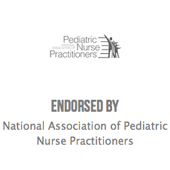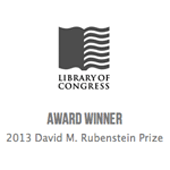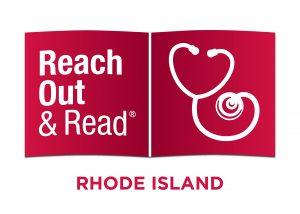Impact
Our program is a proven intervention, supported by 15 independent, peer reviewed research studies. Studies were published in renowned journals including Clinical Pediatrics, Journal of the National Medical Association, and Pediatrics.
During the preschool years, children served by Reach Out and Read score three to six months ahead of their non-Reach Out and Read peers on vocabulary tests, preparing them to start school on target.
Research
In 2015, RORRI conducted an evaluation to determine if providing new books and reading guidance at the first pediatric visit rather than waiting until the 6-month visit, the traditional Reach Out and Read model, might have a positive impact on children and their families.
This study demonstrated that families who received the Reach Out and Read intervention at the newborn visit read more frequently to their children, and fathers’ engagement in reading aloud increased.
Providing families with knowledge regarding the joys and benefits of reading with their infants and tools to begin this practice has the potential to improve the lives of all young children by fostering nurturing parent-child relationships from the start.
As a result of the study, RORRI obtained philanthropic support to become the third state in the country to expand the Reach Out and Read program to newborns.
The American Academy of Pediatrics (AAP): Literacy promotion: an “essential” component of pediatric primary care.
In June 2014, the American Academy of Pediatrics (AAP) issued a statement declaring literacy promotion—from an infant’s very first days—to be an “essential” component of pediatric primary care. The statement specifically highlights the efficacy and efficiency of the Reach Out and Read model. “The AAP recommends that pediatric providers promote early literacy development as an important evidence-based intervention at health supervision visits for children beginning in infancy and continuing at least until the age of school entry…”
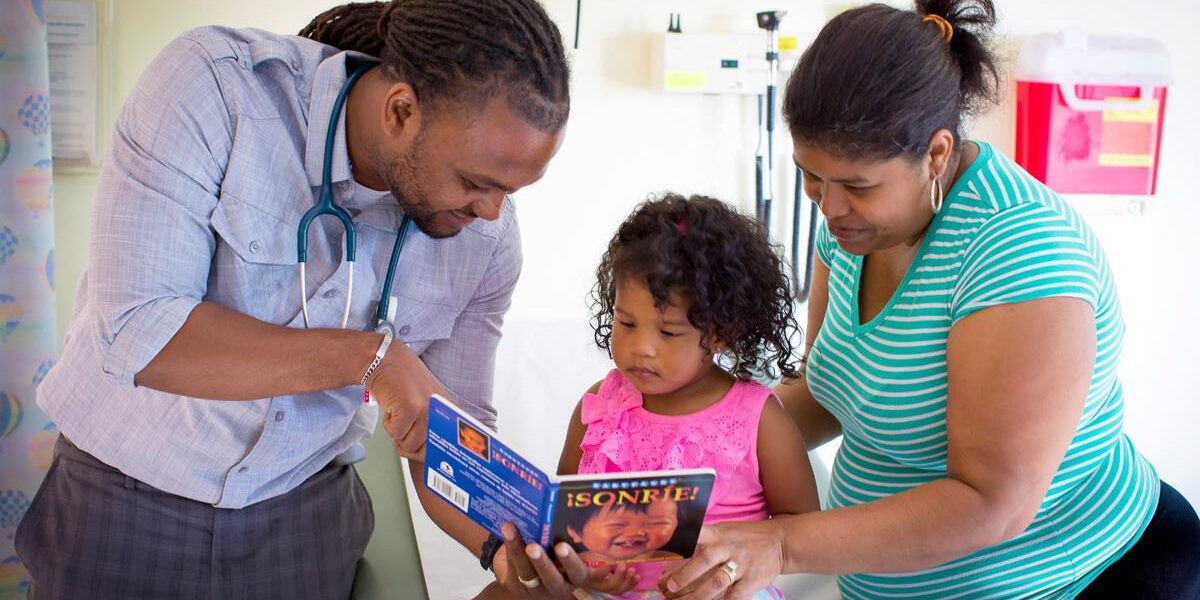
Evidence that we make a difference in children’s lives.
- Families participating in Reach Out and Read read more frequently to their children.
- Children exposed to our program had higher receptive and expressive language scores.
- Increased exposure to Reach Out and Read led to larger increases in language scores.
- Children had higher scores on the Home Literacy Orientation.
NEW in 2020!
30 Years of Reach Out and Read: Need for a Developmental Perspective
Zuckerman and Needlman, Pediatrics Perspective
A celebration of ROR over the last 30 years from our co-founders Robert Needlman and Barry Zuckerman. ROR is described so beautifully in this paper – the framing of how ROR promotes foundational relationships is useful to share with our network and supporters. “At its heart, ROR is about nurturing language-rich, mutually enjoyable parent-child interactions.”
NEW in 2020!
Literacy Promotion Training and Implementation in Pediatric Continuity Clinics
Caldwell et. al, Academic Pediatrics
Our first LitNet publication describes a survey to learn about literacy promotion training experiences and their association with literacy promotion behavior in the clinic
NEW in 2020!
Do Book Giveaway Programs Promote the Home Literacy Environment and Children’s Literacy-Related Behavior and Skills?
de Bondt et. al, Review of Educational Research
A study comparing the evidence supporting the impact of three “book giveaway” programs, ROR, DPIL and Bookstart, on the home literacy environment and children’s literacy-related behavior and skills. The report provides strong evidence that the greatest impact requires a 2-generational approach that both supports the parents’ skills and provides the book for the child.
NEW in 2020!
Study Finds that Reach Out and Read Enhances Clinic Morale, Increases Provider Satisfaction, and Improves Patient-Clinician Relationships
Heather Burton, MD and Dipesh Navsaria, MD, Wisconsin Medical Journal
A new study evaluated the effect of Reach Out and Read on clinic values and attitudes and found that implementation of Reach Out and Read enhanced clinic morale, increased provider satisfaction, and improved patient-clinician relationships.
NEW in 2020!
Encouraging Parent–Child Book Sharing: Potential Additive Benefits of Literacy Promotion in Health Care and the Community,
Canfield et al., Early Childhood Research Quarterly
Parents who received both a book and guidance through Reach Out and Read about the importance of reading were more likely to engage in literacy activities with their children through book sharing at home.
Attendance at Well-Child Visits After Reach Out and Read
Needlman et al., Clinical Pediatrics
Caretakers who are introduced to Reach Out and Read demonstrate a significant increase in compliance with Well-Child Visits (WCV), with the largest differences found among Latino families and children of less-educated families.
The Impact of a Clinic-Based Literacy Intervention on Language Development in Inner-City Preschool Children,
Mendelsohn et al., Pediatrics
High-risk urban families participating in Reach Out and Read read more frequently to their children. Children exposed to Reach Out and Read had higher receptive language scores (mean: 94.5 vs. 84.8) and expressive language scores (mean: 84.3 vs. 81.6). Increased exposure to Reach Out and Read led to larger increases in language scores (receptive and expressive).
Literacy Promotion in Primary Care Pediatrics: Can We Make a Difference?
High et al., Pediatrics
Families participating in the Reach Out and Read model read to their children more often (4.3 vs. 3.8 days/week), and their toddlers’ receptive and expressive vocabulary scores were higher, even when adjusting for parental education, foreign-born status, and language proficiency.
The Impact of Early Literacy Guidance on Language Skills of 3-Year-Olds,
Theriot et al., Clinical Pediatrics
Among children aged 33 months to 39 months attending a well-child clinic in Louisville, KY, expressive and receptive language scores were significantly associated with both the number of Reach Out and Read-enhanced well-child visits they had attended, and with the number of books purchased for them by their parents. This finding supports a “dose effect” for the Reach Out and Read intervention—the more Reach Out and Read, the higher the score.
Exposure to Reach Out and Read and Vocabulary Outcomes in Inner City Preschoolers,
Sharif et al., Journal of the National Medical Association
Children participating in Reach Out and Read had higher receptive vocabulary scores (mean: 81.5 vs. 74.3). They also had higher scores on the Home Literacy Orientation (measured reading to child and number of books in the home) than children not participating in Reach Out and Read.
Kindergarten Readiness and Performance of Latino Children Participating in Reach Out and Read,
Diener et al., Journal of Community Medicine and Health Education
This study showed that a small sample of Latino children who participated in Reach Out and Read from six months of age had average or above average literacy skills by the end of kindergarten, as well as high-quality home literacy environments.
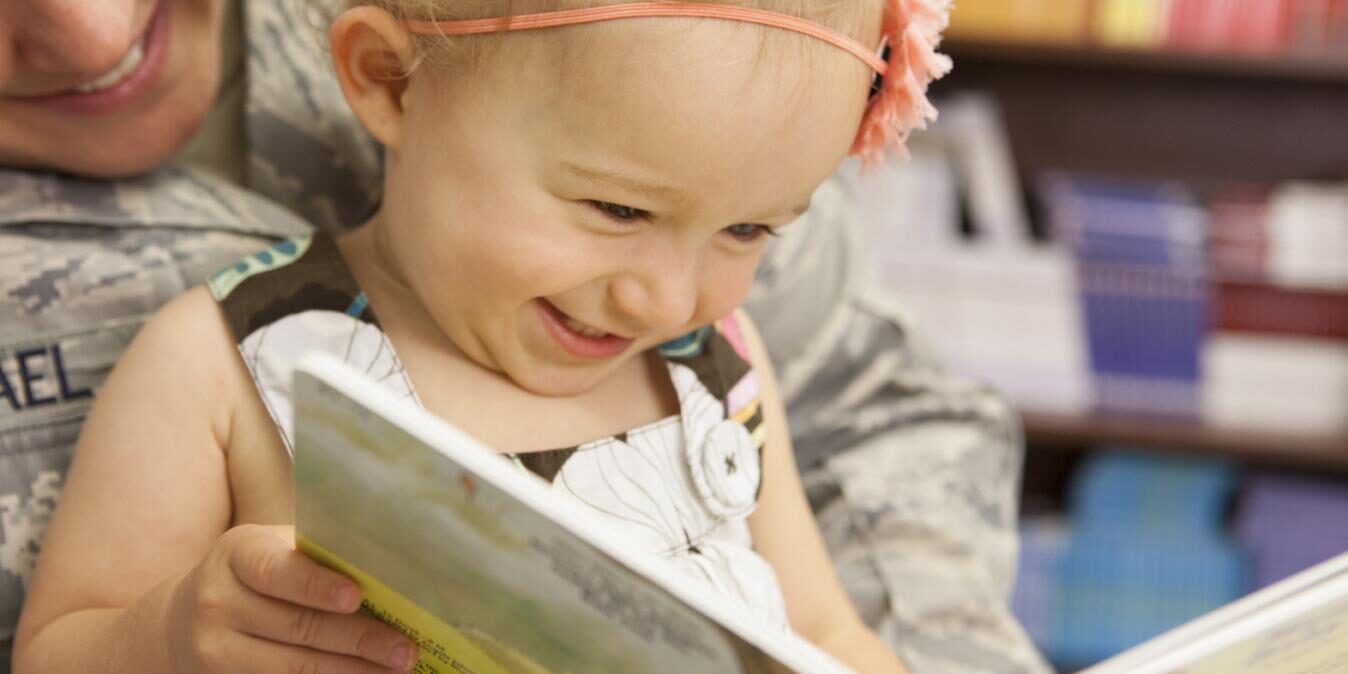
Studies show that we improve parental attitudes and practices.
- Parents increased their weekly bedtime reading and were more likely to read aloud to their children.
- Parents are more likely to share books with their children and to report that reading is one of their child’s favorite activities.
- Participating families demonstrated higher attendance rates for well visits.
- Families that participate are more likely to own 10 or more children’s books.
Evaluation of a Clinic-Based Program to Promote Book Sharing and Bedtime Routines Among Low-Income Urban Families with Young Children
High et al., Archives of Pediatrics and Adolescent Medicine
Parents whose children (< 3 years) had received books and educational materials during well-child visits were more likely than parents in a control group to report that they shared books with their children, and to cite sharing books as a favorite activity or a child’s favorite activity.
Clinic-Based Intervention to Promote Literacy
Needlman, et al., American Journal of Diseases of Children
Parents who had received a book as part of Reach Out and Read were more likely to report reading books with their children, or to say that reading was a favorite activity. The benefits of Reach Out and Read were larger for families receiving Aid to Families with Dependent Children.
More Evidence for Reach Out and Read: A Home-Based Study
Weitzman et al., Pediatrics
In a study using direct observation of children’s homes, parents were more likely to read aloud to their children and enjoy reading together when their families had more encounters with the Reach Out and Read program.
Effectiveness of a Primary Care Intervention to Support Reading Aloud: A Multicenter Evaluation
Needlman et al., Ambulatory Pediatrics
In a multicenter study, families exposed to Reach Out and Read were more likely to report reading aloud at bedtime, to read aloud three or more days per week, mention reading aloud as a favorite parenting activity, and own 10 or more children’s books.
An English-Language Clinic-Based Literacy Program is Effective for a Multilingual Population
Silverstein et al., Pediatrics
English- and non-English-speaking families who participated in the Reach Out and Read model increased their weekly bedtime reading, and more parents reported reading as their own or their child’s favorite activity. For non-English-speaking families the number of children’s books in the home also increased as a result of the Reach Out and Read model.
Prescribing Books for Immigrant Children
Sanders et al., Archives of Pediatrics and Adolescent Medicine
Hispanic parents participating in Reach Out and Read were more likely to report reading to their children compared to other parents. When parents read more frequently to their children, they were also more likely to read frequently themselves.
Literacy Promotion for Hispanic Families in a Primary Care Setting: A Randomized, Controlled Trial
Golova et al., Pediatrics
Hispanic parents whose children had received bilingual books, educational materials, and literacy-promoting anticipatory guidance were more likely to report reading books with their child at least three days a week (66% vs. 24%) and report that reading books was one of their three favorite things to do with their child (43% vs. 13%) than parents in a control group. Parents participating in the Reach Out and Read model intervention also tended to have more books in the home (for children and adults).

Reach Out and Read works. In participating families, studies show:
- Parents are 2.5X more likely to read to their children.
- Parents are 2X more likely to read to their children three or more times per week.
- Families are 2.5X more likely to enjoy reading together or to have books in the home.
- Children’s language development is improved by 3-6 months.
- Children’s language ability improves with increased exposure to Reach Out and Read.
- Participating parents were more likely to rate their child’s pediatrician as helpful.
- Pediatricians were more likely to rate participating parents as receptive.
- Staff at successful Reach Out and Read sites expressed strong commitments to their community and showed higher levels of teamwork.
The Value of Book Distribution in a Clinic-Based Literacy Intervention Program
Jones et al., Clinical Pediatrics
Parents participating in Reach Out and Read were more likely to rate their child’s pediatrician as helpful than those not participating. Pediatricians in the Reach Out and Read group were more likely to rate parents as receptive than those in the non-Reach Out and Read group. Mothers in the Reach Out and Read group were two times more likely to report enjoyment in reading together with their child than those in the non-Reach Out and Read group.
The Role of Clinic Culture in Implementation of Primary Care Interventions: The Case of Reach Out and Read
King et al., Academic Pediatrics
Successful implementation of the Reach Out and Read program was related to the culture of the clinic. Staff at clinics that struggled to implement Reach Out and Read found their jobs burdensome and reported lacks in communication. Staff at successful Reach Out and Read sites worked as a team and expressed strong commitments to their communities.
The Good Habit of Reading (El Buen Habito de la Lectura): Parental Reactions to an Enhanced Reach Out and Read Program in a Clinic for the Underserved
Byington et al., Journal of Health Care for the Poor and Underserved
This qualitative study examined the thank-you notes sent to staff at a Reach Out and Read clinic by Hispanic families. Families expressed thanks for the books received, as well as the literacy advice given by doctors and nurses. Many families believed that the books and advice promoted the habit of reading and demonstrated respect the staff held for the families and their children.
Awards & Endorsements
Recognition for Reach Out and Read’s Impact Nationwide:

